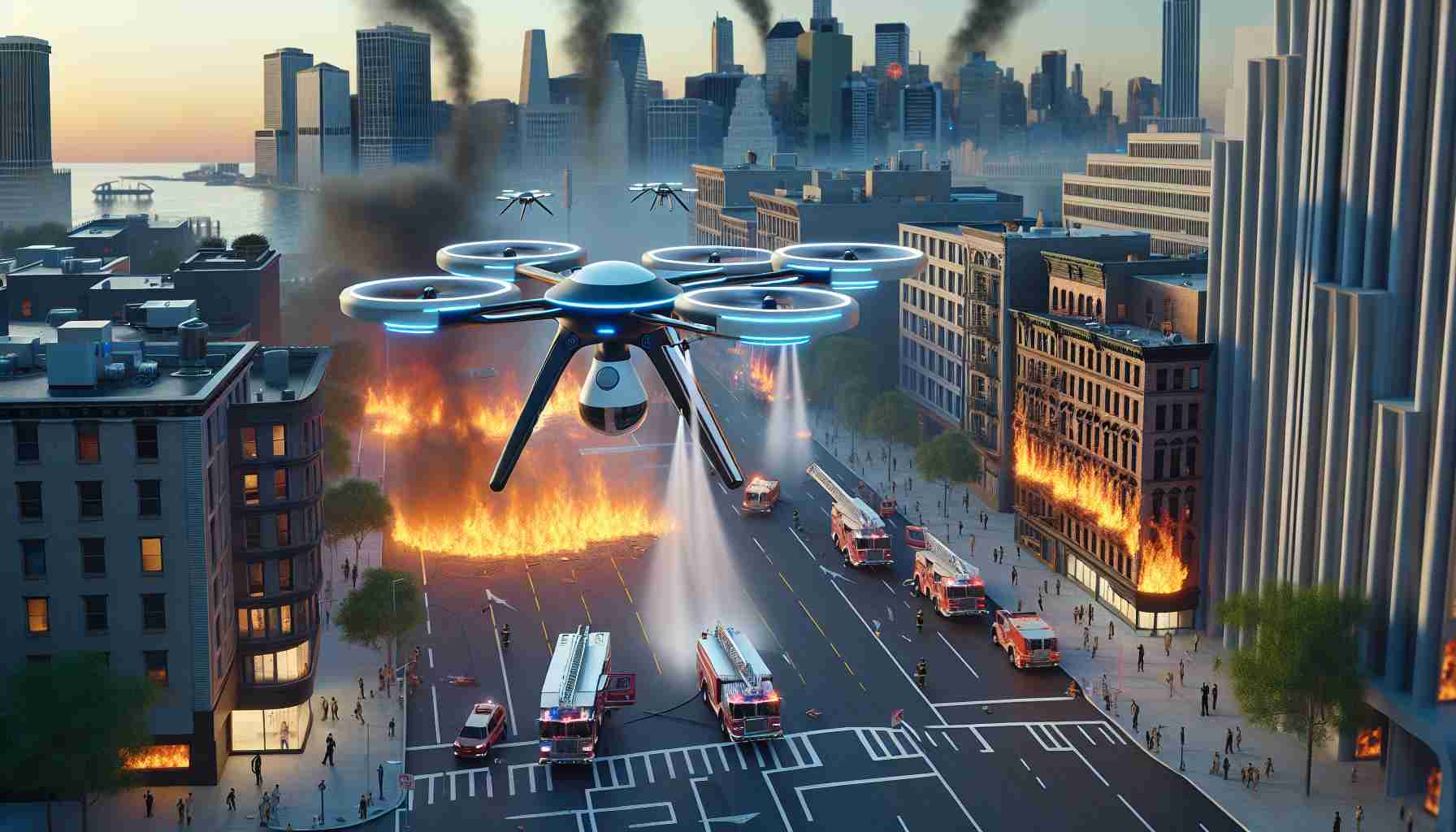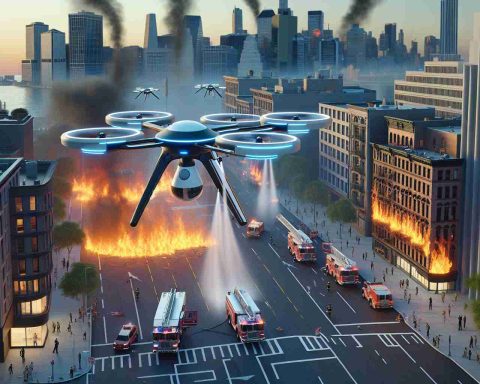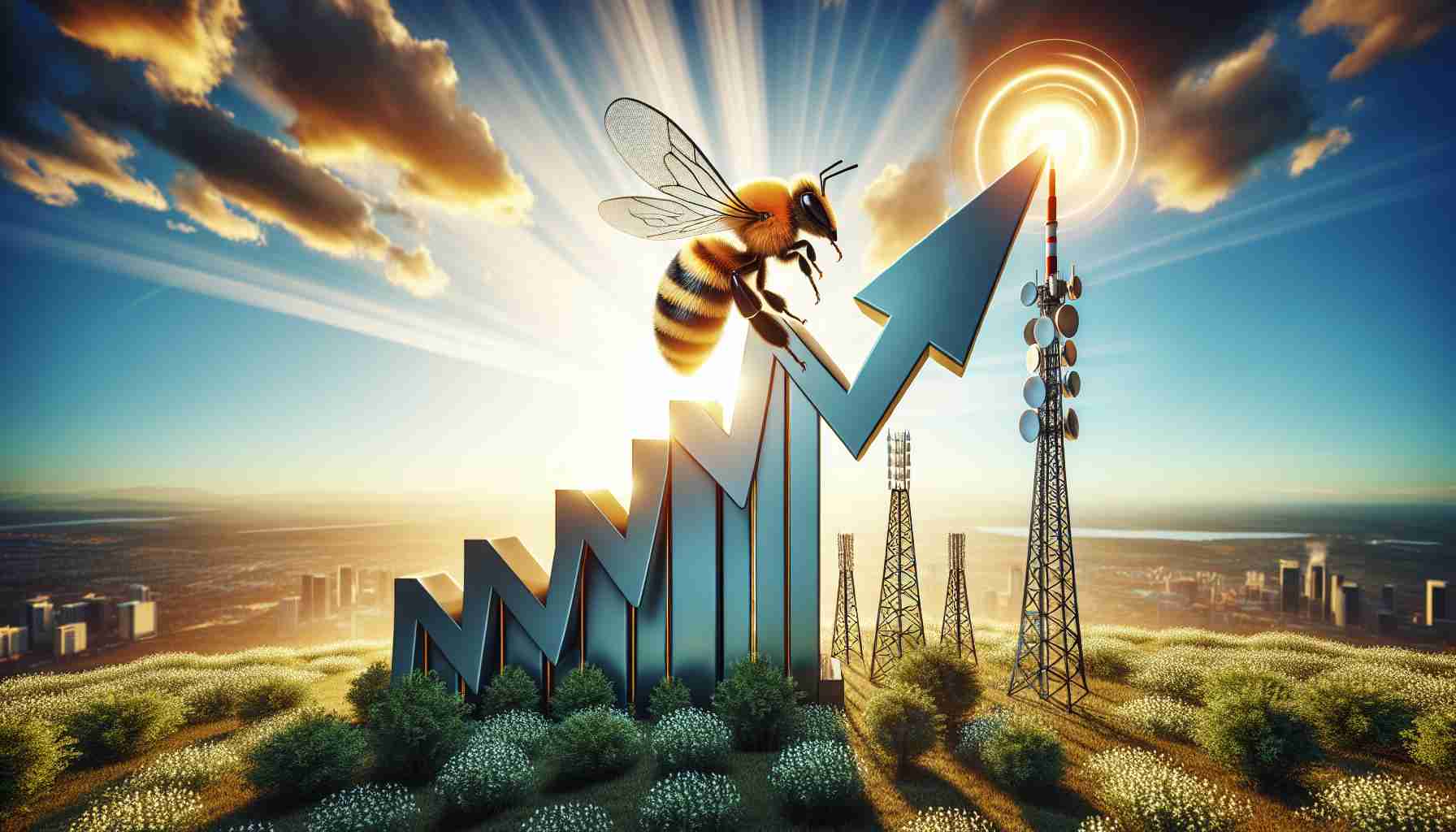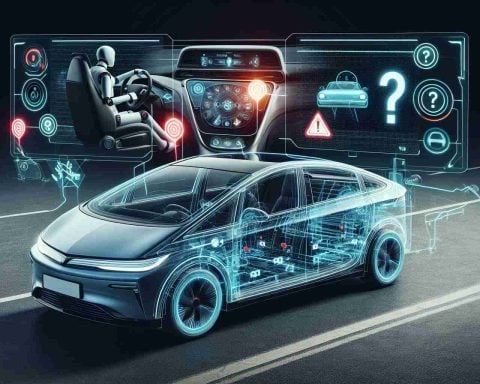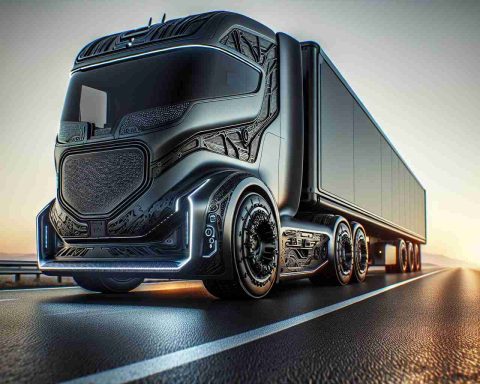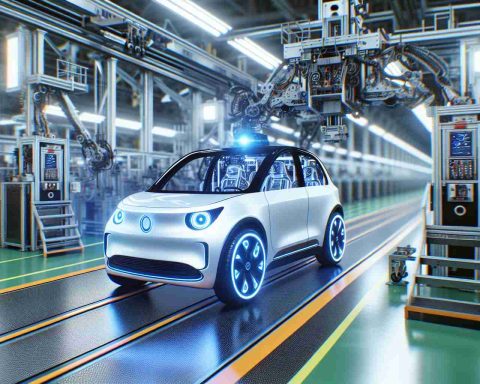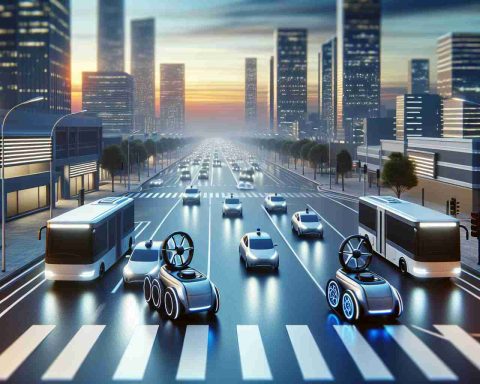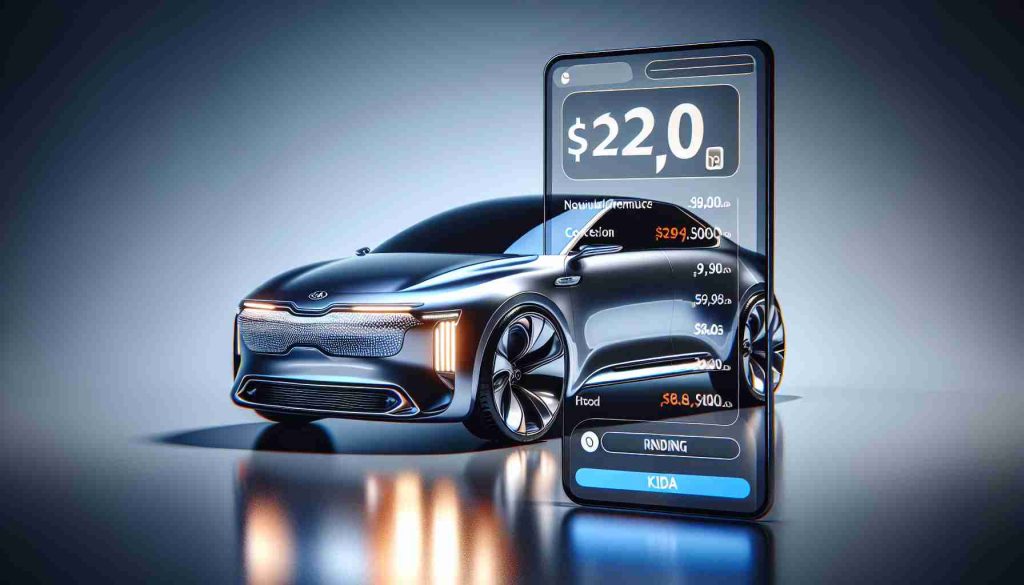- AI-powered drones are revolutionizing firefighting by providing quick detection and assessment of fire emergencies through thermal imaging and advanced sensors.
- These drones offer precise, real-time data that enable strategic planning, significantly increasing the chances of saving lives and property.
- Autonomous decision-making capabilities allow drones to predict fire patterns and suggest optimal firefighting routes, enhancing safety and efficiency.
- AI drones have the potential to act as first responders, assessing and mitigating risks, and could redefine future firefighting strategies.
Revolutionizing Firefighting with AI-Powered Drones
In the brave new world of firefighting, technology is taking center stage, pushing boundaries and creating exciting possibilities. At the forefront of this revolution are AI-powered drones, set to transform how we handle emergencies. These technological marvels are equipped with state-of-the-art thermal imaging cameras and advanced sensors, designed to quickly detect and assess fire scenarios from above.
Precision and Speed
One of the standout features of AI drones is their ability to provide precise, real-time data. This enables firefighters to formulate strategic approaches before even setting foot into a danger zone. The drones’ thermal imaging capabilities allow them to see through the thick smoke, identifying victims and hotspots faster than ever before. This speed not only aids in efficient resource allocation but significantly increases the chances of saving lives and property.
Autonomous Decision-Making
Perhaps the most groundbreaking aspect is their capacity for autonomous decision-making. Utilizing machine learning algorithms, these drones can predict fire spreading patterns, assess structural stability, and even suggest optimum firefighting routes. By harnessing big data, they offer invaluable insights that go beyond human intuition, ensuring safety and efficacy in chaotic situations.
Looking Ahead
As we look to the future, AI drones could entirely redefine firefighting strategies, potentially serving as first responders to assess and mitigate risks. Embracing this technology offers a glimpse into a safer, smarter future where human efforts are amplified by the prowess of innovation.
The Future of Firefighting: Discover How AI Drones Are Reshaping Safety and Efficiency
In the rapidly evolving landscape of emergency response, AI-powered drones are at the forefront, transforming firefighting techniques with their cutting-edge technologies. Equipped with sophisticated thermal imaging cameras and advanced sensors, these drones offer unparalleled benefits, from precision data gathering to autonomous decision-making, heralding a new era in disaster management.
What Are the Key Features of AI-Powered Drones in Firefighting?
AI drones bring a plethora of advanced features to firefighting:
– Thermal Imaging: Drones utilize high-resolution thermal cameras to detect heat patterns and temperature changes, enabling them to see through smoke and identify fire hotspots quickly.
– Advanced Sensors: Equipped with sensors that measure environmental conditions, such as wind speed, air quality, and structural integrity, providing a comprehensive situational overview.
– Real-Time Data Relay: These drones relay critical real-time information to command centers, ensuring that frontline firefighters are equipped with up-to-date scenarios and can adjust their strategies dynamically.
– Autonomous Functions: Leveraging machine learning, drones can autonomously navigate complex environments, assess conditions, and even predict how a fire might spread based on prevailing conditions.
For more insights into drone technology, visit DJI.
How Do AI Drones in Firefighting Improve Safety and Efficiency?
AI drones offer significant improvements in both safety and efficiency:
– Rapid Response: They can be quickly deployed to survey the situation, reducing the time taken to gather crucial data and start firefighting operations.
– Enhanced Safety: By identifying potential hazards before humans enter the danger zone, drones help ensure firefighter safety by providing comprehensive information on structural stability and rescue opportunities.
– Strategic Decision-Making: The data and predictive models generated by AI drones allow for strategic planning, helping to conserve resources and outline effective firefighting routes, thus mitigating damage and loss.
For a deeper dive into innovative drone applications, check out Parrot.
What Are the Limitations and Challenges of Integrating AI Drones in Firefighting?
Despite their advantages, AI drones present certain challenges:
– Regulatory Hurdles: There are complex legal and regulatory guidelines that differ by region, affecting how and where drones can be deployed.
– Technical Limitations: They can face difficulties in extreme weather conditions or in locations with high levels of electromagnetic interference.
– Cost and Training: The initial investment in AI drone technology and training for the personnel to operate and interpret data can be substantial.
Understanding these limitations is crucial for effective integration. To learn more about the developments in unmanned systems, visit Terabee.
AI-powered drones signal a promising future for firefighting, where technology empowers responders with advanced tools, enhancing efficiency and safety. As these challenges are addressed over time, these drones might become standard equipment in emergency response arsenals worldwide.
